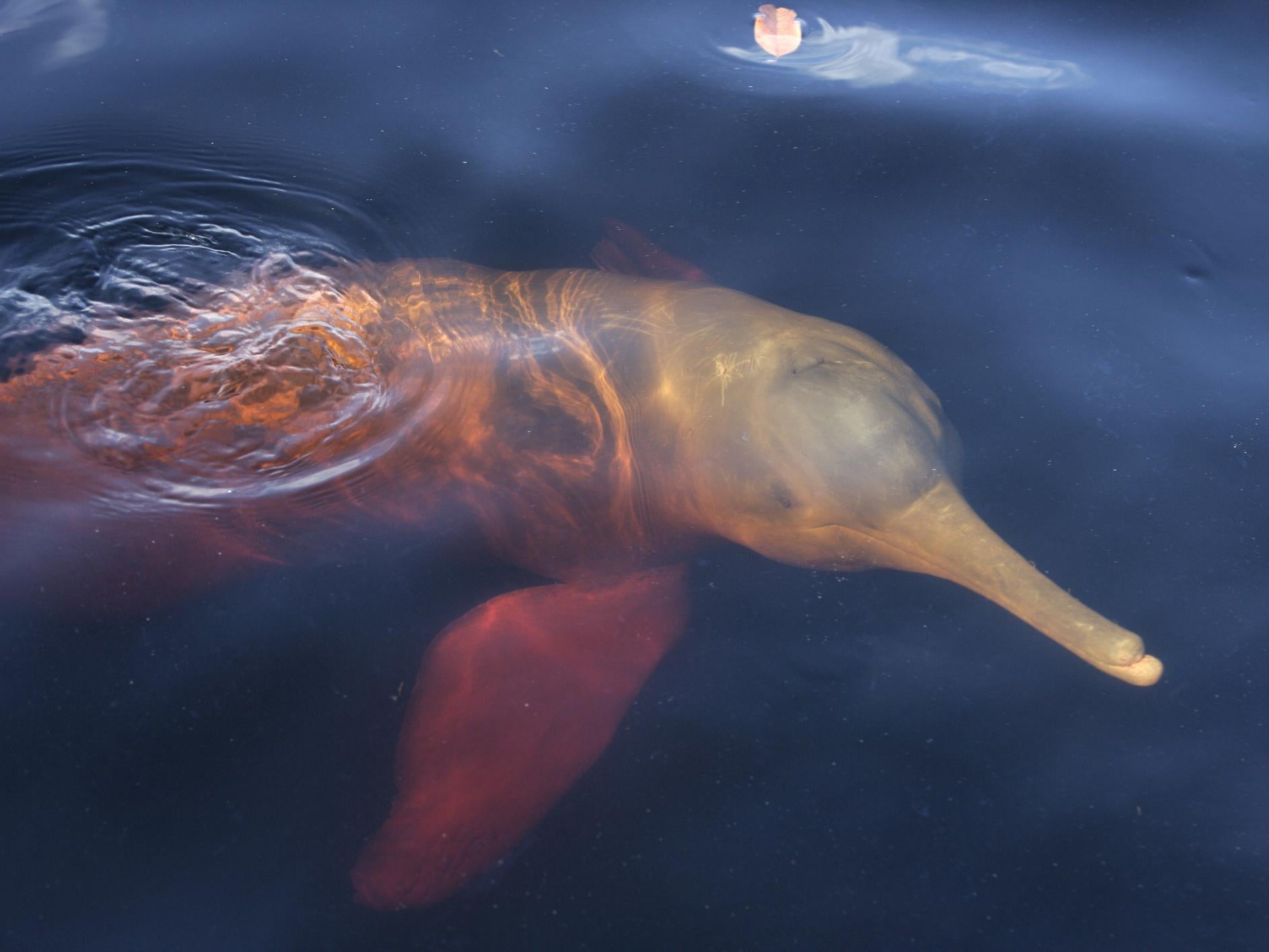Fishermen are illegally killing endangered dolphins and seals to use as bait
Aquatic mammals, particularly in Latin America and Asia, are threatened by clandestine activity, according to new study

Your support helps us to tell the story
From reproductive rights to climate change to Big Tech, The Independent is on the ground when the story is developing. Whether it's investigating the financials of Elon Musk's pro-Trump PAC or producing our latest documentary, 'The A Word', which shines a light on the American women fighting for reproductive rights, we know how important it is to parse out the facts from the messaging.
At such a critical moment in US history, we need reporters on the ground. Your donation allows us to keep sending journalists to speak to both sides of the story.
The Independent is trusted by Americans across the entire political spectrum. And unlike many other quality news outlets, we choose not to lock Americans out of our reporting and analysis with paywalls. We believe quality journalism should be available to everyone, paid for by those who can afford it.
Your support makes all the difference.Dolphins, seals and otters are being illegally slaughtered by fishermen around the world to use as bait, placing vulnerable species under further pressure.
In a report assessing the global prevalence of this activity, scientists identified more than 40 species of aquatic mammals being used as bait in at least 33 countries.
The practice is most common in parts of Latin America and Asia, with dolphins being particularly targeted for use in shark fisheries.
Despite its prevalence, the authors of the new paper – published in the journal Frontiers in Marine Science ahead of World Oceans Day on 8 June – say this issue has received little attention in conservation and research circles.
Dr Vanessa Mintzer, from the University of Florida, became aware of the issue while working on her PhD dissertation, which investigated its impact on the Amazon’s threatened dolphin populations.
“Killing for use as bait is a primary threat affecting Amazon river dolphins, known as botos,” said Dr Mintzer, who led the study.
The current status of boto populations is a mystery due to lack of sufficient data, but hunting is already known to be a major threat to the elusive mammals, along with habitat loss and accidental entanglement in fishing lines.
“With this global review we wanted to see whether, and where, other species were killed for bait, and learn about possible solutions to stop the problem,” said Dr Mintzer.
Looking at reports dating back to 1970, Dr Mintzer and her colleagues attempted to identify the full range of species being targeted to use as bait.
Their efforts were hampered by the fact that killing marine life is generally a clandestine, and often illegal, activity.
As such, Dr Mintzer said the responsibility falls on her fellow researchers to obtain better data about this practice, so proper assessments can be made of its effect on vulnerable aquatic mammal populations.
“For scientists already working on species and locations identified as ‘hot spots’ in this review, organised efforts should begin right away to estimate these numbers,” she said.
The problem of “bycatch” – animals like dolphins, sea turtles and birds accidentally ending up in fishing nets – has received more attention from environmentalists and scientists.
One recent study found that tens of thousands of turtles each year die at the hands of small-scale fishermen off the coast of South America, and “ghost nets” have been found trapping hundreds of non-target animals.
However, the wider problem of intentional capture of these animals has largely been ignored.
The researchers behind the new report have urged policy makers to focus on enforcing the laws already in place to protect the mammals under threat.
They have also called for the involvement of local fishing populations in efforts to ensure their activities are sustainable.
“It took years to determine that the hunt for botos was unsustainable and now conservation actions need to be expedited,” said Dr Mintzer.
“We need to identify other affected populations now to facilitate timely conservation actions.”
Join our commenting forum
Join thought-provoking conversations, follow other Independent readers and see their replies
Comments